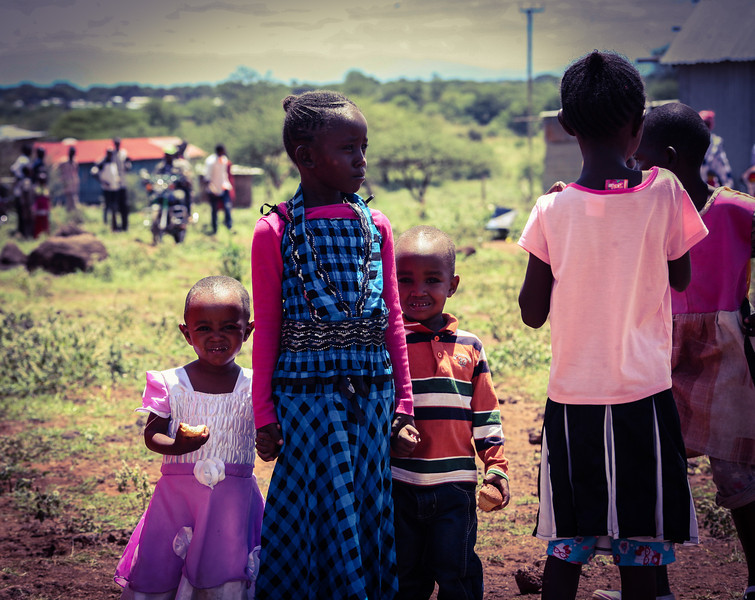1. How to respect our elders.
We describe elderly people as senior citizens, but Kenyans call on their elders as shikamoo — meaning high authority and respect — whenever they greet them. Literally translated, this means: ‘I hold your feet.” It’s a very powerful image.
Elders in Kenya have major influence within their communities. They’re not only admired, but they hold the final say in major decisions within tribes, they solve family conflicts and urge political rulings. An elder’s wisdom is respected and highly treasured, and they’re cared for by their families well into their passing. Back home in the States, we may have subsidized housing, Medicare and Social Security, but many of our elderly are homeless or still just barely scraping by. We need to be more tolerant of our elders, keeping them a part of our lives and calling on them for insight and wisdom.





